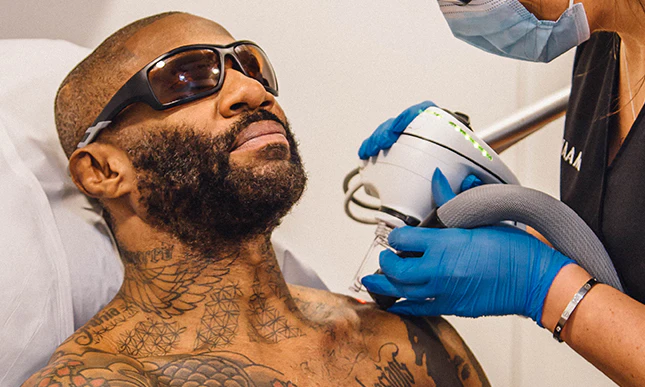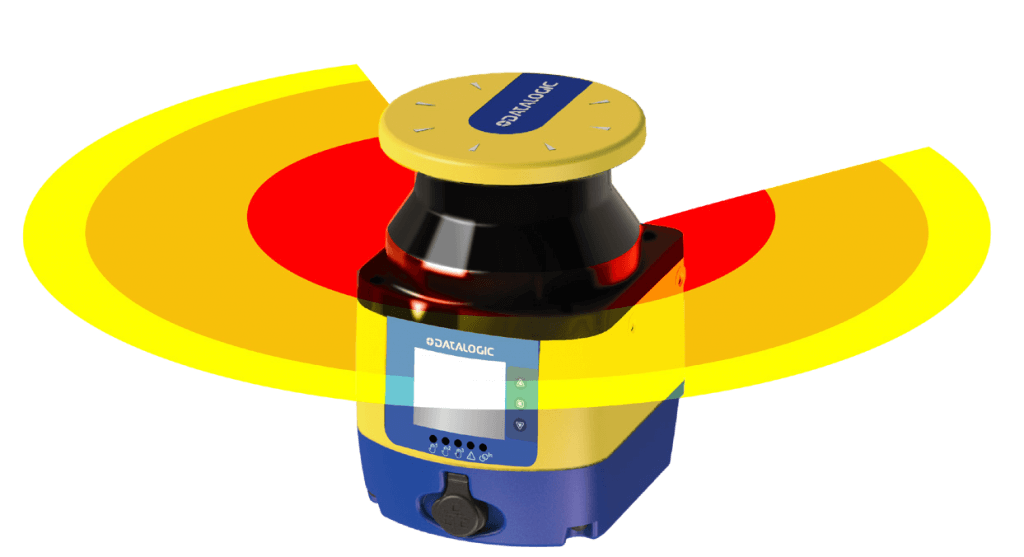Top Suggestions For Choosing A Safe Laser Treatment
Top Suggestions For Choosing A Safe Laser Treatment
Blog Article
What Is The Safe Low-Level Laser Treatment (Lllt) For Recurrent Respiratory Inflammation And How Can It Help?
LLLT can help reduce inflammation in the respiratory tract in many ways. LLLT can be used to reduce symptoms of respiratory illnesses like bronchitis.
Bronchodilation – LLLT is known for its ability to relax smooth muscle cells inside the airways. This leads to the bronchodilation. This could be beneficial to individuals with conditions like asthma or chronic obstructive respiratory disease (COPD), where bronchoconstriction causes breathing problems.
Improved Circulation - LLLT improves vasodilation and microcirculation that results in an increase in blood flow to the lungs and airways. The improved circulation assists in delivering oxygen and nutrients into inflamed tissues to promote healing and decrease inflammation.
The immune system is boosted. LLLT is shown to modulate the immune system by triggering the production of cytokines and enhancing the process of phagocytosis. This happens when immune cells engulf, and then destroy, pathogens. This may help boost the defense against respiratory infections and lessen inflammation in the airways.
Reduced Mucus Production - LLLT can reduce the production of mucus in the airways, by promoting mucus elimination and reducing inflammation of the respiratory tract. This is especially beneficial to people suffering from chronic sinusitis and bronchitis in which excess mucus is a source of respiratory symptoms.
Alleviation of Allergic Responses - LLLT is being investigated as a treatment option for allergic rhinitis or hay fever. These conditions are characterized by inflammation in the sinuses and nasal passages because of allergens. LLLT helps alleviate allergic symptoms such as nose congestion, sneezing and itching by reducing inflammation and modulating the immune system.
Overall, safe Laser low-level laser therapy provides a non-invasive and drug-free approach for managing inflammation in the respiratory system that can help alleviate symptoms and aiding in improving the respiratory system. Before using LLLT to treat respiratory issues it is recommended to consult with a healthcare expert for a correct diagnosis and treatment. See the recommended safe laser bérlés for website tips including lágylézer készülékek, lágylézer kezelés árak, safe laser kezelés budapest, laser hu, otthoni lézer kezelés, gyógyító lézer készülékek, safe laser használata, laser kezelés, lágylézer kezelés árak, orr lézer készülék and more.
What Is The Safe Laser Low-Level Therapy (Lllt) Help With Nose Problems?
LLLT can treat nose issues in a variety of ways. LLLT can be used to treat issues such as sinusitis and rhinitis.
Pain Relief LLLT alters the perception of pain by altering nerve conduction and decreasing the release of pain mediators such as substance P. For conditions like sinusitis or nasal trauma, LLLT can help alleviate discomfort and pain, providing relief for individuals experiencing nasal pain.
Enhanced Tissue Healing LLLT enhances the cells' metabolism and proliferation which results in faster healing and regeneration of tissues. LLLT may help to promote quicker healing in situations like nasal mucosal or injury to the ulcer. This can lower the risk of complications and improving the overall health of the nasal.
Improved Blood circulation- LLLT promotes microcirculation as well in vasodilation. This results in increase in blood flow to the nasal tissues. A better blood flow helps to deliver oxygen, nutrients, and healing agents to injured or inflamed tissues.
The reduction of nasal congestion LLLT can help reduce nasal obstruction by encouraging vasodilation. It also assists in reduce nasal mucosal swelling. This can prove to be beneficial to those suffering from chronic sinusitis as well for those suffering from allergies rhinitis.
LLLT is effective in treating nasal allergies. It reduces inflammation of the nasal passages, sinuses, and other allergic mediators. LLLT can alleviate symptoms of sneezing and itching as well as congestion of the nose by improving your immune system.
Overall Low-Level Laser Therapy with safe Laser is a non-invasive approach that doesn't require medication to treat nose problems. The therapy may provide relief from inflammation, pain and congestion. Before you use LLLT to treat problems with your nose, you should consult with a qualified healthcare professional for a proper diagnosis and recommended treatment. Follow the top rated safe laser 500 for more advice including lágylézer hatása, lágylézer hatása, lágylézeres készülék, otthoni lézer kezelés, lágylézer ár, otthoni lézer kezelés, safe laser bérlés, lágy lézer, lágylézer készülék bérlés, lágylézer ár and more. 
What Is The Average Time A Safe Laser Last To Make A Wound Heal?
Safe Laser Low-Level Laser Therapy (LLLT) is extremely effective in healing wounds. It is dependent on a variety of factors, including the type and extent of the wound as well as the individual's response to treatment. In general, several LLLT treatments spread over a certain amount of time is recommended to achieve optimal wound healing.
The amount of LLLT procedures required is determined by the nature and severity the wound. In some cases, smaller and less severe wounds require fewer LLLT sessions than more severe wounds. Also, wounds that are chronic or have an underlying condition may require more sessions to ensure optimal healing.
The amount of LLLT sessions required is affected by the stage at which the wound is healing. Treatment can differ based on the stage of healing. LLLT can be used to stimulate tissue growth and repair in all stages of wound healing.
The individual's response to therapy- The overall health of a person, their immune system, and capacity to heal all affect their response to LLLT. Some people may heal wounds faster and react to treatment faster but others might require longer time.
Treatment Plan - The protocol that is recommended by a healthcare specialist will determine the frequency and number of LLLT sessions required to heal injuries. Healthcare providers can tailor the treatment to suit each individual, and may plan LLLT several times a week or at certain intervals.
Certain people can see improvements in healing of wounds within the first couple of LLLT sessions. However, for some, it could take a longer time to achieve optimal results. To reap the maximum benefits of LLLT, it's important to adhere to the prescribed treatment program and be present at all scheduled sessions. Furthermore, regular monitoring of the healing process and regular communication with a healthcare professional are crucial to ensure the proper treatment and changes to treatment plans if required.